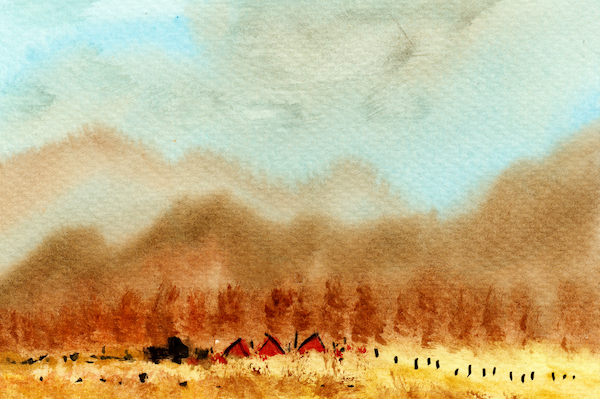Featured in

- Published 20230502
- ISBN: 978-1-922212-83-2
- Extent: 264pp
- Paperback (234 x 153mm), eBook


Already a subscriber? Sign in here
If you are an educator or student wishing to access content for study purposes please contact us at griffithreview@griffith.edu.au
Share article
About the author

Natalia Figueroa Barroso
Natalia Figueroa Barroso is a Uruguayan-Australian writer of Charrúa, African and Iberian origins who was raised between the unceded lands of Charrúa Nation and...
More from this edition

A Little Box
PoetryAnd didn’t I grant you six identical faces, each perfectly plain as the other and a sturdy mouth to clasp shut?

Have you ever seen the rain?
FictionOne by one the streets quietened down. A great hush washed over this city. Even the lights at night seemed dimmer. All of life lay dormant. Or maybe not – Toru couldn’t trust his eyes, could he? He had been living on the streets in the clothes he died in, scrounging food from tables outside restaurants and cafés around the city, but those tables were long gone.

Antecedent
PoetryBetween one end of the gap and the other the gravity of our gaze can but scratch like banksias at your fingertips before starlight splits the present across his teeth into pearl and lime stanzas.